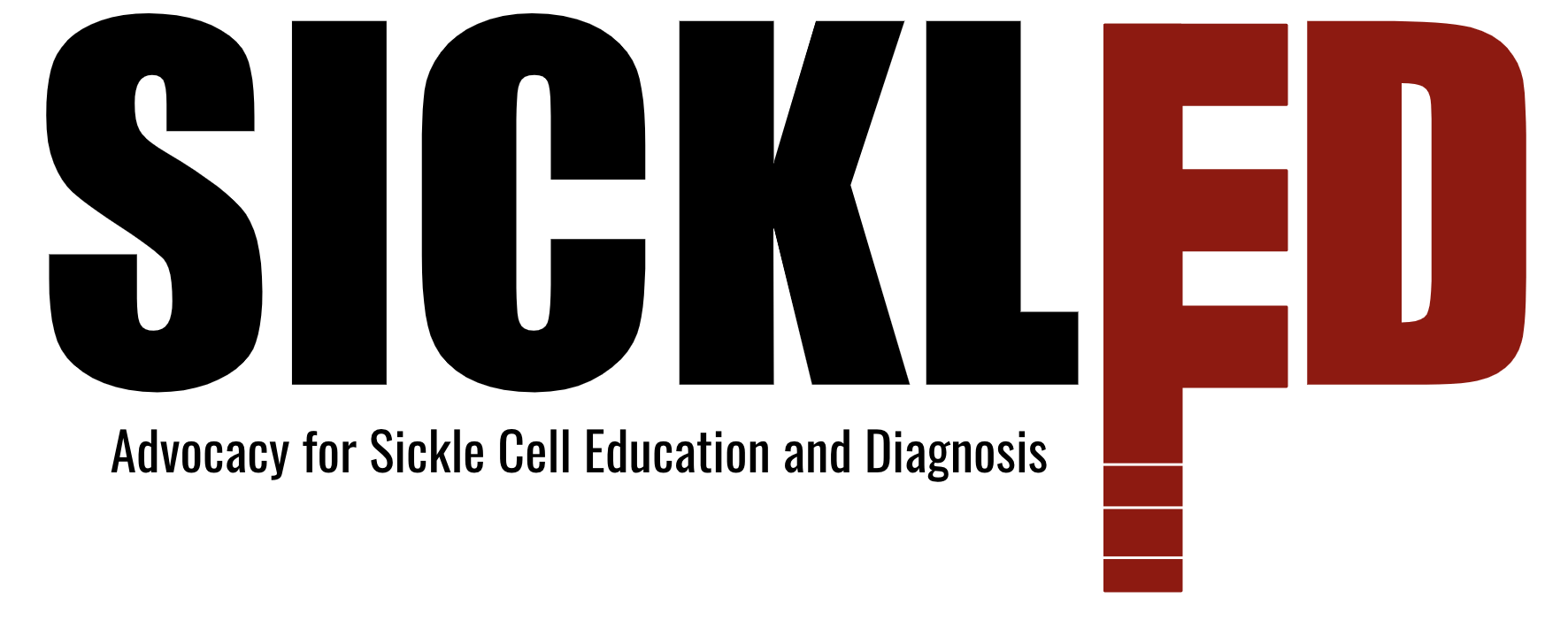We started our day by traveling to World Hope International’s headquarters to meet Hassan who works with the organization and has several contacts with health units in the area. He will be a great asset to our team because, to gather information on sickle cell diagnosis and treatment, we need to interview numerous health professionals at these units. The rest of our morning consisted of reaching out to contacts related to sickle cell disease, including advocacy groups and hospitals that we intend on visiting.

Our first excursion after leaving World Hope was to Ernestbaikoroma University of Science and Technology to talk to Dr. Raoul, who is the head of the department of microbiology and public health. He told us that their university is focused on community development and also has a college of nurses and basic sciences. He took us around, and we got to introduce our work to a class of students. When we asked them how many of them knew what sickle cell disease was, only about 5 out of 150 raised their hands, which is alarmingly low for a school with a science/health focus. One of the few who did know of the disease described it as a bone marrow issue where the marrow dries out and didn’t mention anything about the sickling blood cells due to mutated hemoglobin. This lack of knowledge and misinformation about the disease emphasized how needed the education portion of our venture is.



Our first hospital visit was to Rescue International Clinic. Here, we interviewed a lab technician and two clinical pharmacists about their experience with sickle cell disease. The technician informed us that this hospital can correctly diagnose the disease, but are unable to provide any sort of treatment besides encouraging a healthy lifestyle and proper hygiene. He explained the method of how he diagnoses sickle cell disease, which is using a specific manufactured “sickle powder,” saline water, and a microscope to view the patient’s red blood cells. By being able to see if the cell shape changes when the red blood cells and the sickle powder-saline water solution interact, he can determine a diagnosis. They also test people based on their symptoms, which are primarily bone pain. They only get around 2 positive patients a year and they generally fall within the 1-5 age range. In addition, we were told that the guardian(s) of a child with sickle cell disease can typically identify a family member who also has the disease. Furthermore, the lab tech informed us that this low number of positive patients is due to distrust in doctors that cause people with sickle cell to avoid getting diagnosed and self-treat with pain medication. After diagnosis, the patient is encouraged to go to a doctor to get prescribed medication. Rescue International Clinic has folic acid and penicillin, both commonly used to treat sickle cell disease, but they do not use them to treat positive patients at their clinic. On our way out, the group offered for us to return back to the clinic at a later date to watch the sicking test be performed. We were excited to accept their offer.


The end of our day consisted of visiting two more health units: Gladis Karoma Memorial Hospital and Makama Community Health Post. While there was no staff available to interview at either of these locations, we were able to introduce ourselves and our project and set times to come back and interview at a later time.

Additionally, we met with Hassan, one of the people working at World Hope, and the Ukweli team (another Lehigh GSIF project) for a deep conversation about strategies for the future implementation of our test strip. After an introduction, we received a lot of helpful insight regarding how to market our product to reach our target demographics. Some of the broad categories we talked about included the infrastructure of the Sierra Leone health care system, the current economic state, and prenatal and postnatal care. More specifically, Hassan mentioned how immunizations are distributed at specific days and times to various peripheral healthcare clinics (PHU) in different regions, which can be of use to us as we may strategize to implement the distribution of our device along with these vaccines. He made us aware of the challenges of implementing our device since it would not be a part of the free healthcare system initially. Nakaesh Gomanie (a former Ukweli team member who is now Creative Inquiry Staff) also sat in during our meeting and was able to help us clarify some of the information we were confused about. He hopes to work with us more closely and we are excited to collaborate.
As a whole, our first official day was successful. We gained information that we could use while mapping out the sickle cell system and introduced our project to people that we could build a mutually beneficial relationship with. Our team also gained experience conveying the important aspects of our venture in another culture.

